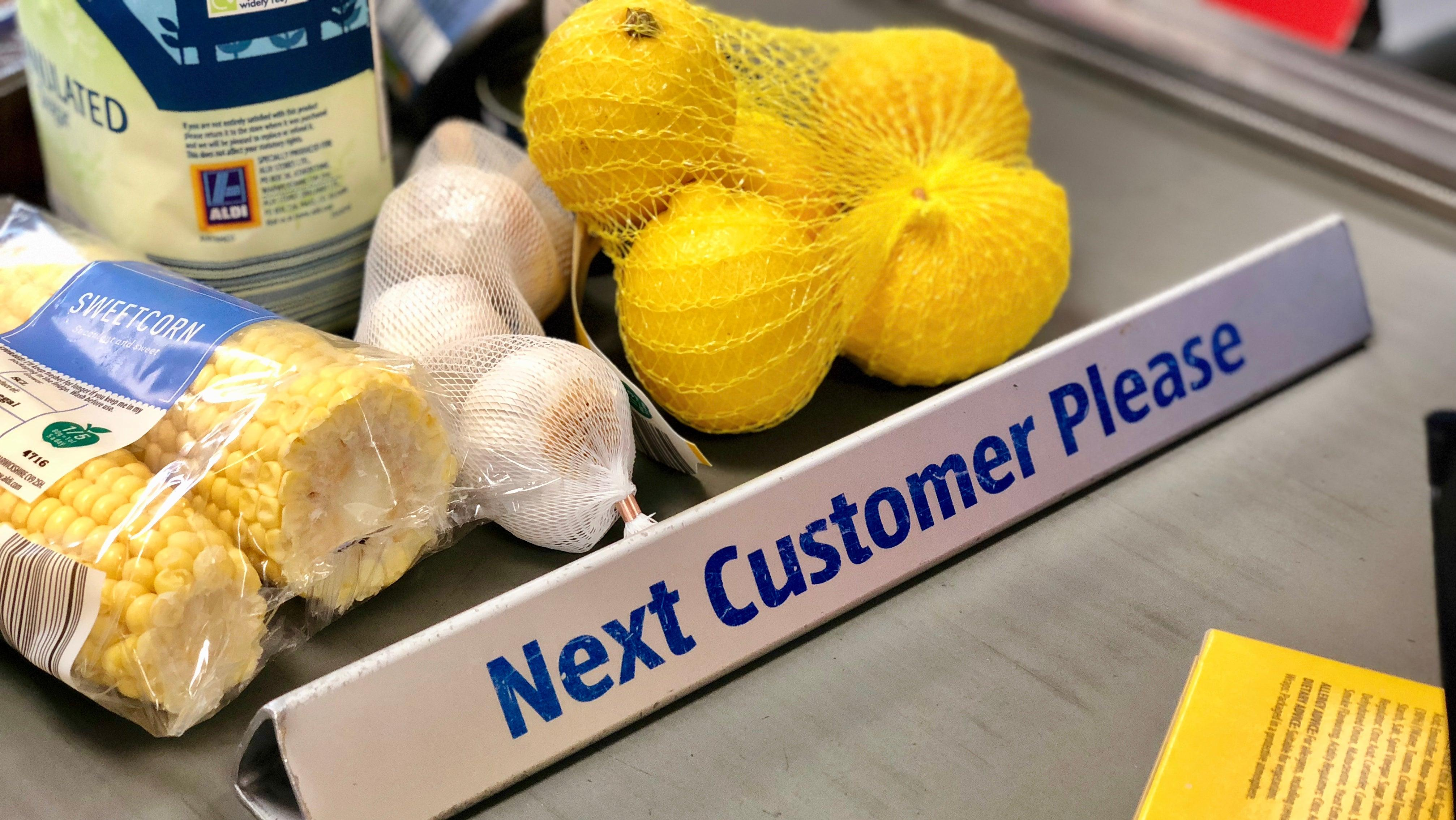Easy Ways To Make Grocery Shopping Greener
These habits won't solve our climate problems, but they're a strong start.
Outside magazine, presumably in the interest of walking the walk as well as talking the talk, has a dedicated sustainability columnist—a role that more media outlets should probably add to their staff in the coming years. Kristin Hostetter, who is also Head of Sustainability at Outside Interactive, writes articles for the outdoorsy publication about how to reduce our toll on the environment by making small changes to our daily consumption patterns. These columns explain concepts like "wishcycling" and footprint analysis, and a recent one on smart swaps at the grocery store was particularly enlightening. Some suggestions were validating, highlighting choices I already make, while others were a wake-up call to change my grocery shopping habits. Here are some of the biggest takeaways.
Think about packaging
While encountering non-recyclable single-use plastics is inevitable in some grocery aisles, the produce and deli sections don't have to be quite as wasteful. Plastic produce bags hang within arm's reach all across the produce displays, but they're hardly mandatory; you can use your own reusable bags made from recycled or eco-friendly materials (keep them in your car or at your back door so you don't forget to bring them along). Sometimes the produce is wet from having been recently misted, but that's fine—canvas bags are easily washable.
At the deli counter, try to order fresh-sliced meat whenever possible, instead of the pre-packaged slices. This way you can bring your own containers and bags, eschewing the plastic wrap and styrofoam (or otherwise non-recyclable) trays the store uses to package these products. Same goes for egg cartons: cardboard is better on the environment than plastic or styrofoam, since you can either recycle or reuse it (or both).
Think about storage
Although I've long felt a tinge of environmental guilt whenever I use plastic wrap, I didn't know that aluminum foil is a better way to store certain foods in the fridge. Hostetter explains that used aluminum foil, if clean, can be recycled, while plastic wrap can't. "Just collect it in a ball until you have one that's about three inches in diameter so it will get sorted properly in the recycling center and not fall through the cracks of the machinery," she advises.
Think about consumption, period
Most of our most environmentally damaging habits are not a result of malicious intent or indulging our laziness—it's just that we set ourselves to autopilot and don't think about our habits at all. Why, for example, did I spend a decade paying for gallon Ziploc bags when I could have just been storing leftover pizza in my glass Pyrex containers? Why was I buying plastic dish scrubbers when the biodegradable ones cost the same amount? If each of us challenged ourselves to perform a mental audit of everything we buy regularly, we would surely each come up with some easy swaps to reduce our carbon footprint.
And who knows? Maybe we would conclude that we could simply be consuming less, too. Just less overall. Which foods tend to go bad before I can finish them? Which ingredients do I buy aspirationally, but don't actually enjoy cooking with? There might be a sale on 3-lb. bags of brown sugar right now, but do I have any projects planned that actually call for that much? (Wait, yes I do.)
This is all keeping in mind, of course, that no individual consumer's actions are sufficient to get greenhouse gas emissions down to where they need to be; we need to effect change at a federal and international level, enacting emissions caps on the worst offenders in every industry and holding companies to their climate impact pledges. But that doesn't mean our actions at the grocery store don't make a difference. To whatever extent we're able, let's demonstrate our preference for environmentally sound practices and put pressure on the powers that be to follow suit.
